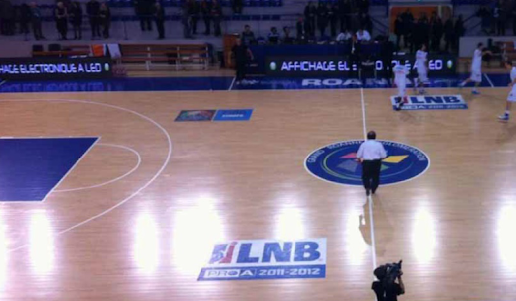Lighting plays a crucial role in the functionality, safety, and overall experience of a basketball court. Whether it's an indoor arena or an outdoor court, proper lighting ensures that players can perform at their best, spectators can enjoy the game, and the environment remains safe and visually appealing. In this article, we’ll explore the key aspects of lighting a basketball court, from design considerations to recommended standards.
Why Lighting Matters
Basketball is a fast-paced sport that requires quick reactions, sharp visual acuity, and spatial awareness. Poor lighting can lead to missed plays, eye strain, and even injuries. Moreover, consistent and even illumination enhances the aesthetics of the game, making it more enjoyable for players and audiences alike.
Key Factors in Basketball Court Lighting
1. Brightness and Uniformity
Lighting levels are typically measured in lux (lx). According to international standards, recreational outdoor courts should have a minimum of 200 lux, while professional indoor courts may require up to 1500 lux or more. Uniformity is also critical—a well-lit court should avoid dark spots or glare, providing consistent brightness across the entire playing area.
2. Color Rendering Index (CRI)
CRI measures how accurately a light source reveals colors compared to natural light. A high CRI (above 80) is ideal for basketball courts, as it helps players better distinguish the ball, teammates, and court markings.
3. Glare Control
Excessive glare can hinder visibility and concentration. Using glare shields, diffusers, or angled light fixtures can help minimize this issue, especially in indoor environments or night games on outdoor courts.
4. Energy Efficiency
LED lighting has become the gold standard for sports facilities due to its long lifespan, low energy consumption, and superior light quality. Motion sensors and smart lighting systems can further reduce energy usage when the court is not in use.
5. Weather Resistance for Outdoor Courts
Outdoor basketball courts require fixtures that can withstand rain, wind, and temperature fluctuations. Waterproof and corrosion-resistant lights with proper IP (Ingress Protection) ratings are essential for long-term durability.
Lighting Design Tips
-
Mounting Height: For outdoor courts, lights are usually mounted on poles 20–30 feet high. This helps distribute light evenly without causing blinding spots.
-
Number of Fixtures: A standard full-size court typically requires 4–8 fixtures, depending on their power and angle.
-
Symmetry: Position lights symmetrically on both sides of the court to avoid directional shadows.
-
Maintenance Planning: Choose lighting systems with easy access for bulb replacement or cleaning, especially in high-mounted installations.





没有评论:
发表评论